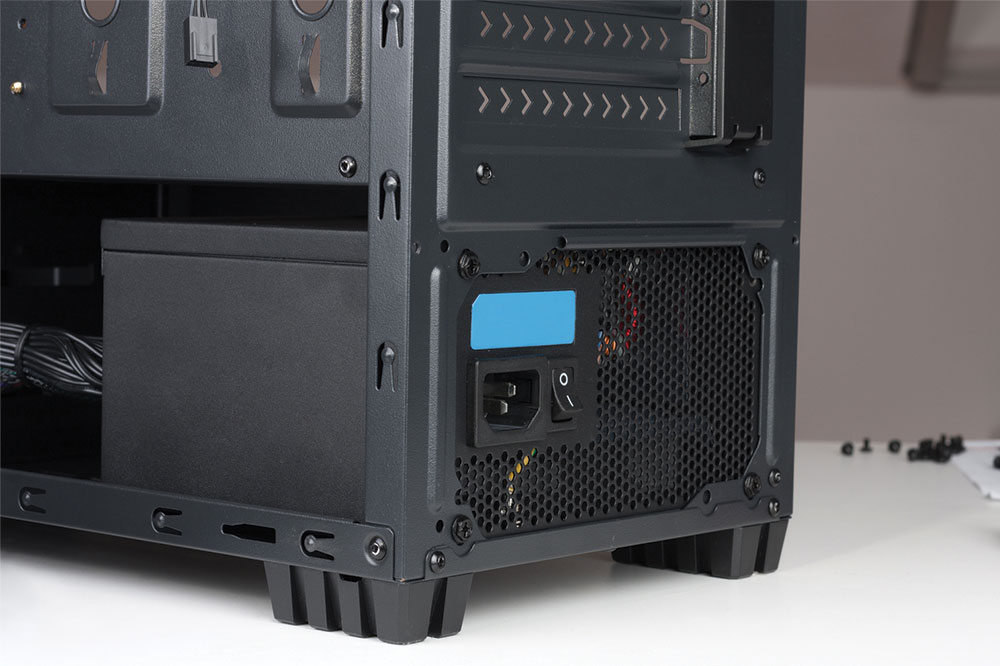Differences Between AC and DC Power Sources
This article explores the key differences between AC and DC power supplies, including their sources, generation methods, and typical applications. Understanding these types helps in selecting the appropriate power source for various electronic devices, ensuring optimal performance and safety.
Sponsored

Power sources and power supplies are often confused, but they serve different roles. The source is where electricity begins—like batteries, outlets, or generators—while power supplies convert this energy into the appropriate voltage for devices. This article explains the two main types: Alternating Current (AC) and Direct Current (DC). Knowing their differences and applications helps in choosing the right power supply for your needs.
What is an AC power supply?
AC power, or Alternating Current, is the common electrical form from outlets, characterized by a waveform that oscillates periodically. It is generated by alternators in power plants, which rotate a wire within a magnetic field to produce the waveform. This oscillation allows AC power to travel over long distances efficiently.
What is a DC power supply?
DC, or Direct Current, moves electrons in a single, straight line. It is produced by sources such as batteries, solar cells, fuel cells, and rectifiers that convert AC to DC. Many electronic devices require a steady voltage provided by DC power, which is often delivered via batteries or converted from AC through internal rectifiers and transformers. Using a power converter ensures devices like laptops operate with a constant voltage, preventing damage caused by fluctuations in AC power.






